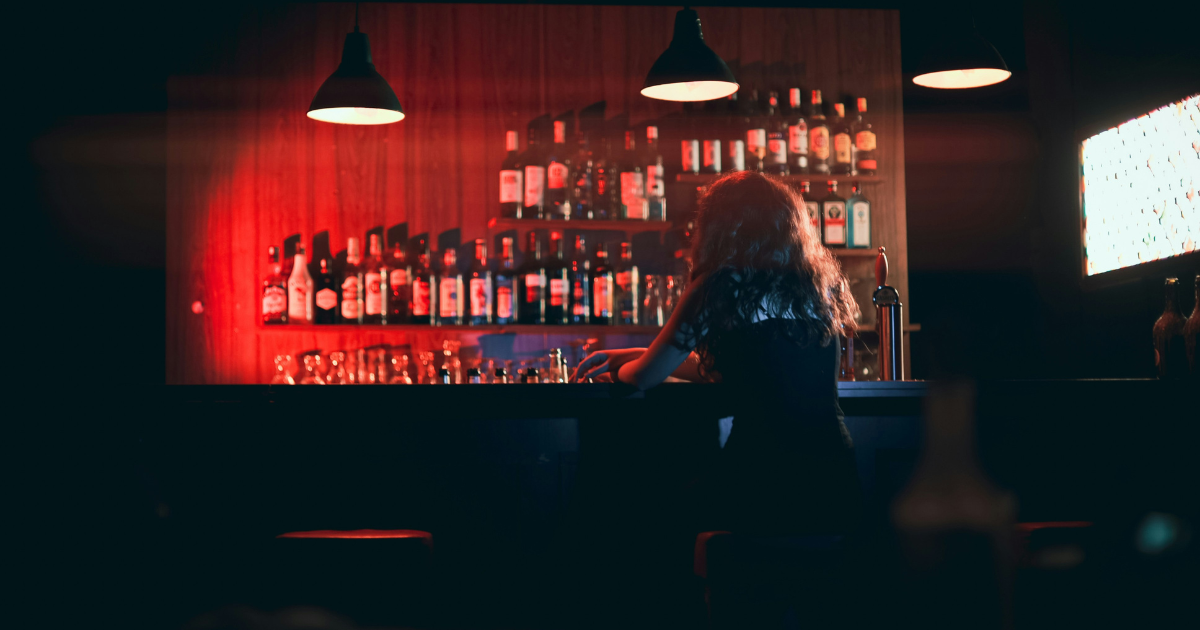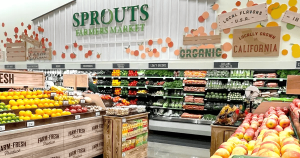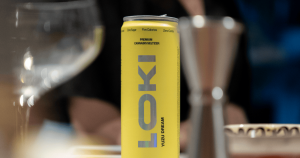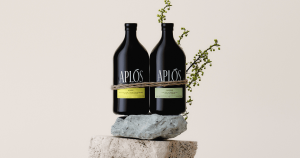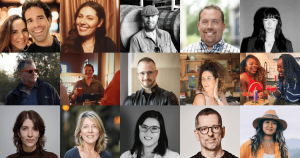For the first time in nearly 90 years of Gallup polling, fewer than six in ten Americans say they drink alcohol. Today, that number sits at 54%, a historic low that marks three consecutive years of decline.
And while it’s tempting to pin this on Gen Z’s famously sober-curious streak, the data shows something broader at play: a nationwide reappraisal of alcohol’s role in daily life.
A Cultural, Not Just Generational, Shift
Drinking rates have fallen fastest among women (down 11 points in the past year) and non-Hispanic white adults (down 11 points). Republicans saw the steepest drop of any political group, down 19 points to 46%.
In short, the retreat from alcohol spans demographics, ideologies, and income brackets.
The driving force, it seems, lies in health perceptions.
For the first time, a majority of Americans (53%) now say that moderate drinking (defined as one or two drinks per day) is bad for one’s health. That’s up from just 28% in 2018. And it’s not limited to the “wellness” crowd. Concern has risen sharply among all age groups, with two-thirds of 18–34-year-olds calling even moderate drinking harmful.
This shift comes as public health messaging has pivoted from “a glass of red wine is heart-healthy” to “no amount of alcohol is safe.” It mirrors the long arc of anti-tobacco sentiment in the 20th century, where decades of normalization gave way, slowly, to collective caution.
Fewer Drinks, Fewer Occasions
Even among those who still drink alcohol, habits are changing.
Only 24% of drinkers say they’ve had a drink in the past 24 hours, the lowest share since Gallup began tracking it. And 40% say it’s been more than a week since their last drink. The average drinker now consumes 2.8 drinks per week, down from 3.8 last year and half of what it was in the early 2000s.
In other words, even the “moderate drinker” is revisiting their relationship to alcohol. They’re drinking less often, and less impulsively.
The Non-Alc Opportunity (and the Messaging Trap)
For the non-alc category, the surface-level takeaway seems obvious: health concerns are driving people to drink less, which should create opportunity for alcohol alternatives.
But it’s not that simple.
As we wrote earlier this year in response to The New Consumer’s happiness-versus-health survey, “if consumers associate non-alcoholic drinks with health, but not happiness, how can the category hope to scale?”
That study revealed a telling disconnect: people rated non-alcoholic beer and canned cocktails as “moderately healthy” but “not especially enjoyable.” They sat squarely in the middle of the chart; better than diet soda, worse than wine.
Wine, notably, was the only alcoholic beverage seen as both somewhat healthy and emotionally rewarding.
So while Gallup’s findings confirm the health narrative is gaining traction, other studies reinforce the need for non-alc brands to move beyond it. Wellness may drive trial, but enjoyment drives repeat purchase.
A Shrinking Market, or a Rebalancing One?
For alcohol brands, these numbers may sound alarming. But for the broader drinking culture, they may signal maturity rather than decline.
Gallup’s data confirms what many in the industry have already felt: the cultural center of drinking is moving. But it’s not moving toward sobriety, it’s moving toward optionality.
That’s good news for brands positioned around flavor, craft, and experience, not just health or moderation.
Because if Americans are drinking less for health reasons, they’re also drinking better for pleasure. That’s the real opportunity for non-alc brands to claim their place at the table.


